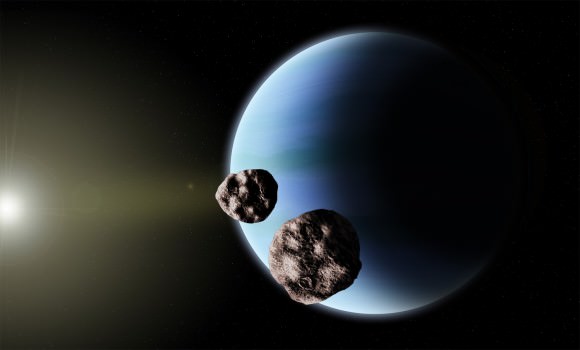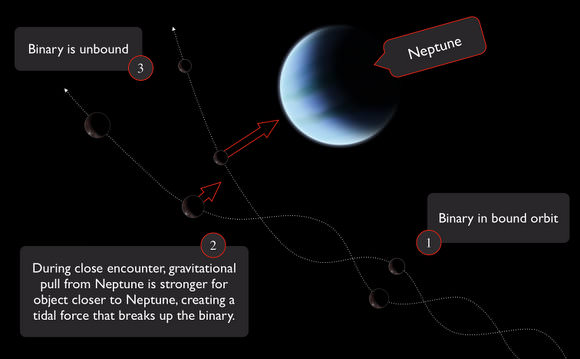F
Fallingstar1971
Guest
I remember reading somewhere that Uranus and Neptune swapped places in the early solar system and caused a shower of comets to rain down on the inner solar system. Has anyone else seen or heard of this theory? Is it valid?
I also read that Jupiter is perturbing Mercury's orbit. I have to ask, why isn't Jupiter perturbing Earth, Mars, and Venus? I would think that Mercury's orbit would be harder to change because its so close to the Sun. The rest of the inner rocky worlds have more mass, but are closer to Jupiter. I would think it would be easier for Jupiter to influence these worlds because they are farther from the Sun.
The only think I can think of is resonances, but I do not understand completely how they work. I know its a mathematical ratio between two orbiting bodies, but I do not understand how these things can "store" up energy and cause these major moves in the solar system. How is this energy stored? And what triggers its release?
Star
I also read that Jupiter is perturbing Mercury's orbit. I have to ask, why isn't Jupiter perturbing Earth, Mars, and Venus? I would think that Mercury's orbit would be harder to change because its so close to the Sun. The rest of the inner rocky worlds have more mass, but are closer to Jupiter. I would think it would be easier for Jupiter to influence these worlds because they are farther from the Sun.
The only think I can think of is resonances, but I do not understand completely how they work. I know its a mathematical ratio between two orbiting bodies, but I do not understand how these things can "store" up energy and cause these major moves in the solar system. How is this energy stored? And what triggers its release?
Star




